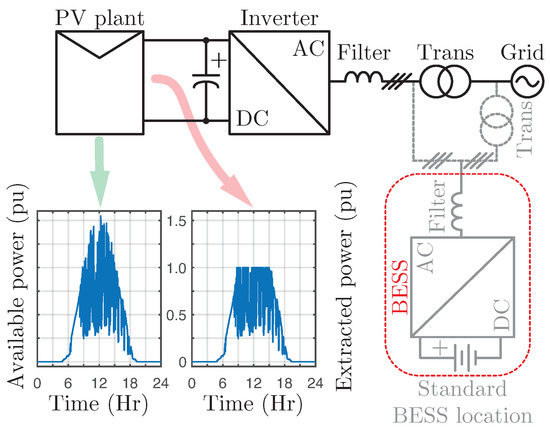
Navigating Solar Power: Grid-Tie Connection Strategies
Grid-tie solar systems have gained popularity as a sustainable energy solution, allowing users to connect to the utility grid while harnessing solar power. In this exploration of grid-tie connection strategies, we delve into the intricacies of optimizing solar energy production and seamlessly integrating with the grid.
Understanding the Basics of Grid-Tie Solar Systems
Grid-tie solar systems operate by connecting to the existing utility grid. They generate electricity from solar panels, and any excess power not utilized locally is fed back into the grid. This two-way interaction enables users to benefit from solar energy while maintaining a reliable connection to the grid.
Optimizing Solar Energy Production
To maximize the benefits of a grid-tie system, optimizing solar energy production is crucial. This involves strategically installing solar panels in locations with optimal sunlight exposure and considering factors like tilt angle and shading. Efficiency in solar energy production ensures a higher return on investment for users.
Choosing the Right Inverter Technology
In grid-tie systems, inverters play a pivotal role in converting direct current (DC) generated by solar panels into alternating current (AC) suitable for use and grid connection. Choosing the right inverter technology, such as microinverters or string inverters, depends on factors like system size, shading conditions, and desired monitoring capabilities.
Implementing Net Metering for Energy Credits
Net metering is a key incentive for grid-tie solar system owners. This billing arrangement allows users to receive credits for excess electricity fed back into the grid. During periods of low solar production, users can draw electricity from the grid, and when solar production exceeds consumption, the surplus contributes to energy credits.
Ensuring Grid Compatibility and Compliance
Successful grid-tie connection requires ensuring compatibility with local utility grid specifications and compliance with relevant regulations. Working with qualified solar installers who understand regional grid requirements ensures a seamless integration process and adherence to safety and performance standards.
Monitoring and Maintenance Strategies
Regular monitoring and maintenance are vital for the long-term performance of grid-tie solar systems. Implementing monitoring systems allows users to track energy production, detect issues promptly, and optimize system efficiency. Scheduled maintenance, including cleaning panels and checking components, ensures sustained reliability.
Overcoming Challenges for Grid-Tie Success
While grid-tie systems offer numerous benefits, addressing challenges is essential for optimal performance.
Mitigating Grid Outage Concerns with Hybrid Systems
One concern with grid-tie systems is power outage vulnerability. To address this, hybrid systems incorporating battery storage can provide backup power during grid outages. This ensures uninterrupted electricity supply even when the grid is temporarily unavailable.
Exploring Grid-Tie Connection Strategies
For individuals seeking in-depth insights into grid-tie connection strategies, Grid-Tie Connection Strategies serves as a valuable resource. This platform offers expert guidance, case studies, and practical tips for optimizing grid-tie solar systems. By incorporating these strategies into their solar energy initiatives, users can harness the full potential of grid-tie connections for sustainable and efficient power generation.
